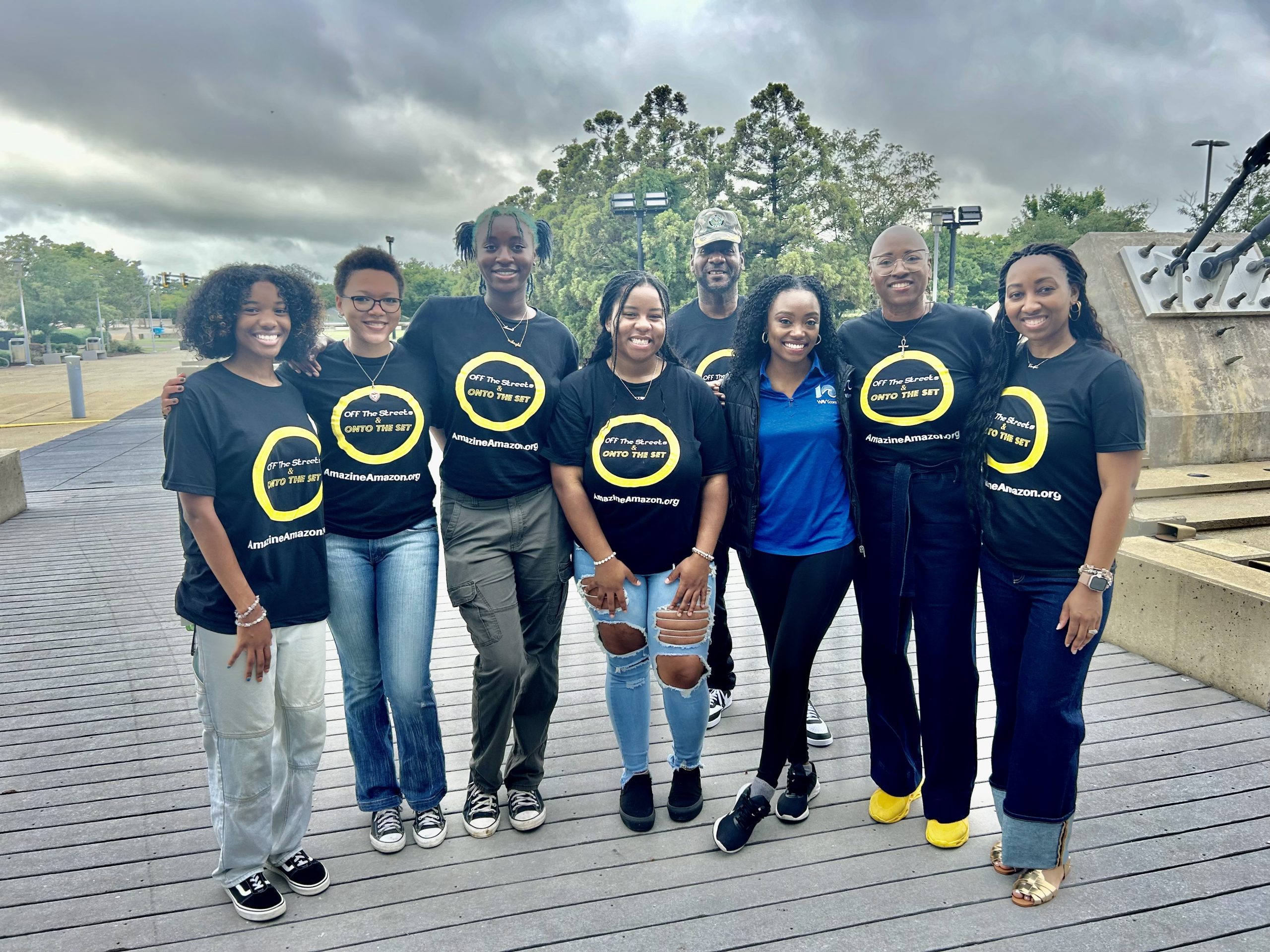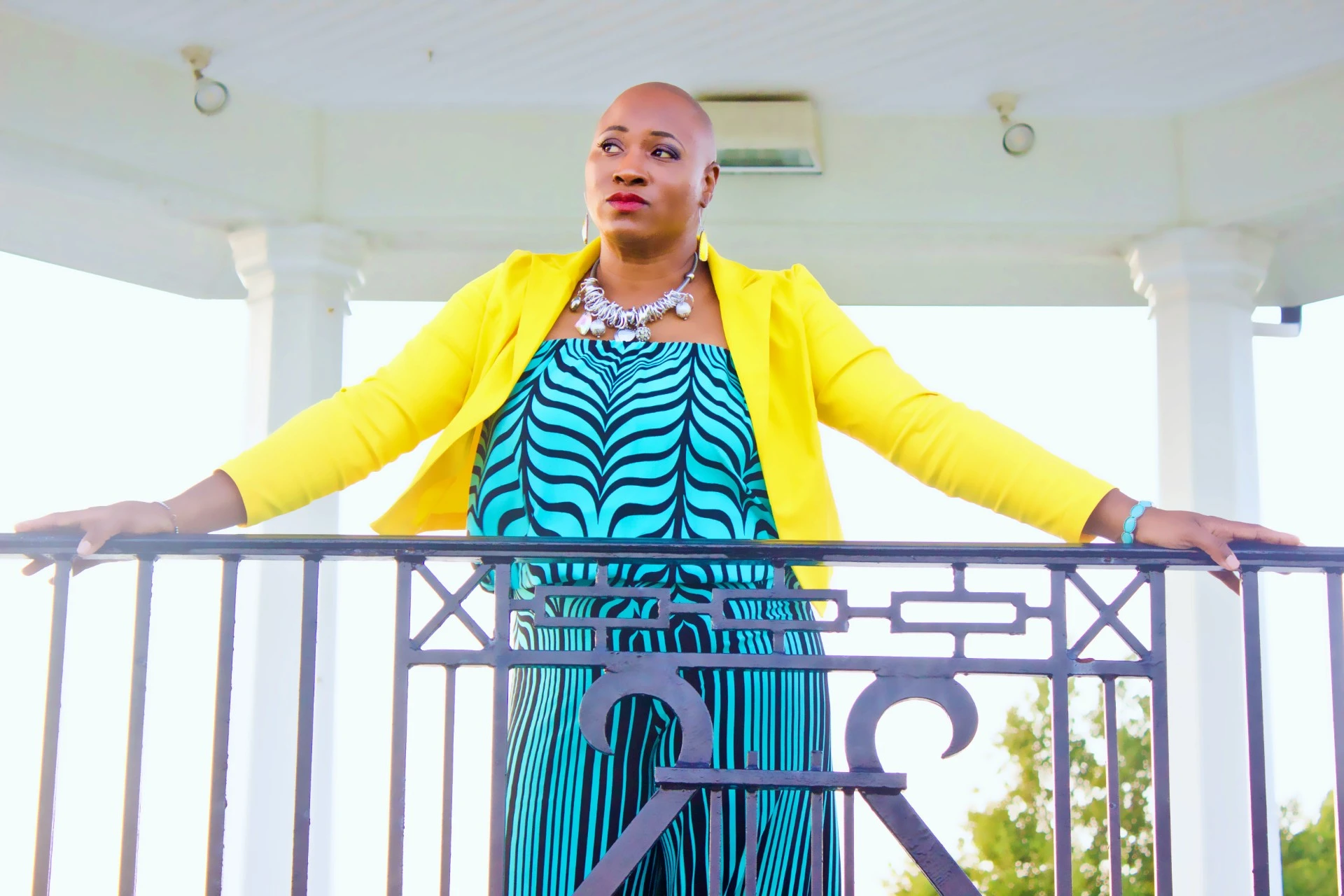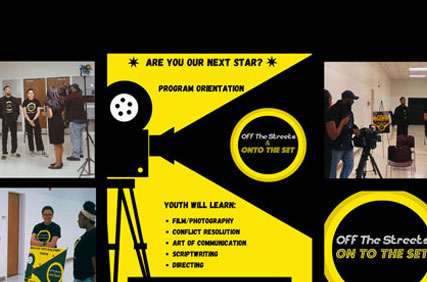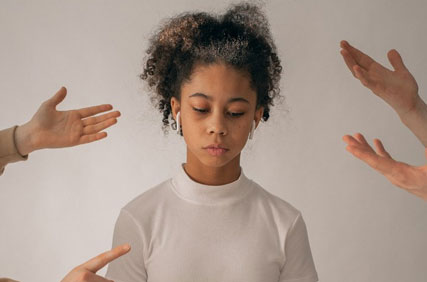When we think about what makes a student succeed, we often picture the basics: good teachers, well-equipped classrooms, and motivated kids. But there’s a factor that often goes unnoticed, yet it has the power to transform struggling schools and uplift entire communities: community engagement.
At Amazine Amazon Inc., we know schools don’t thrive in isolation. Strong, healthy communities are the secret ingredient to better attendance, higher graduation rates, and students who believe in themselves. When neighbors, businesses, parents, and nonprofits come together, they don’t just support education, they shape it.
Why Community Engagement Matters
Education doesn’t end when the final bell rings. For many students, what happens outside the classroom deeply impacts what happens inside it. Community engagement bridges that gap.
A school deeply rooted in its community sees:
• Better student attendance and focus
• Higher test scores and graduation rates
• Lower dropout and disciplinary rates
• Stronger emotional well-being for students and families
When families feel supported, students feel supported. When communities invest time and resources in schools, they tell every child: You matter. We believe in you.
What Does Community Engagement Look Like?
Community engagement doesn’t always mean huge donations or headline-grabbing programs. Sometimes, the biggest impact comes from small acts repeated again and again.
Here are ways communities can lift schools higher:
Parent Involvement
Research shows that when parents and caregivers are involved in a child’s education, that child does better, period. Schools can encourage this by hosting family nights, parent-teacher workshops, and volunteer days.
Parents don’t have to be experts; showing up, asking questions, and celebrating small wins make a huge difference.
Local Business Partnerships
Businesses are powerful allies for schools. They can:
• Sponsor classroom supplies or field trips
• Offer internship or mentoring opportunities for older students
• Donate resources like books, food, or uniforms
At Amazine Amazon Inc., our Amazine Educators program brings local businesses and schools together, proving that a little generosity can go a long way.
Nonprofits and Community Groups
Community organizations help fill gaps schools can’t cover alone. Whether it’s mental health support, weekend meal programs, tutoring, or warm clothing for winter, nonprofits can be lifelines for families facing hardship.
Programs like S.O.C.K.S. provide underserved students with something as simple , yet powerful , as a warm pair of socks, a small gesture that tells them they are seen and cared for.
Mentorship and Volunteering
One caring adult can change the direction of a student’s life. Local volunteers and mentors help students dream bigger, stay on track, and believe in their potential.
From reading buddies for elementary students to college application help for teens, mentorship brings hope to halls and classrooms.
Breaking Barriers: Challenges to Community Engagement
While the benefits are clear, getting a community fully engaged with local schools isn’t always easy. Barriers include:
• Busy parents juggling multiple jobs
• Language and cultural differences
• Lack of trust between families and schools
• Limited funding for community programs
That’s why it’s so important for schools and partners to create welcoming spaces, listen to families’ needs, and invite everyone to the table.
How Schools Can Build Stronger Community Ties
Schools don’t have to do it alone, but they can lead the way by:
• Hosting open houses and family events that are fun and accessible
• Communicating in multiple languages
• Celebrating different cultures and traditions
• Partnering with local businesses and nonprofits
• Training teachers and staff to value family input and community wisdom
When people feel welcome, they show up. When they show up, schools flourish.
The Role of Amazine Amazon Inc.
At Amazine Amazon Inc., we believe in the power of everyday people to make extraordinary change. Our programs are built on the idea that communities can be stronger when they lift up the most vulnerable.
Whether it’s supplying classrooms through Amazine Educators, supporting mental wellness with Generational Survivors, or providing essentials through S.O.C.K.S., every effort connects students with a caring community behind them.
We see firsthand that no school succeeds alone, and no child should have to, either.
How You Can Make an Impact
You don’t have to be an educator or policymaker to help boost school success rates. Here’s where to start:
Volunteer at a local school: Read with students, help in classrooms, or chaperone events.
Support teachers: Donate supplies, send appreciation notes, or ask what they need.
Sponsor or partner: If you own a business, consider ways you can share your resources with local schools.
Speak up: Advocate for community programs, mental health support, and resources that strengthen schools and families.
Closing Words
Education is powerful, but community makes it unstoppable. When schools and communities unite, they build more than bright students, they build hope, resilience, and opportunity for everyone.
At Amazine Amazon Inc., we’re proud to stand in that gap, bringing people together to help every student feel seen, supported, and ready to succeed.
Let’s keep showing up. Let’s keep lifting up. Because every child deserves a village.







